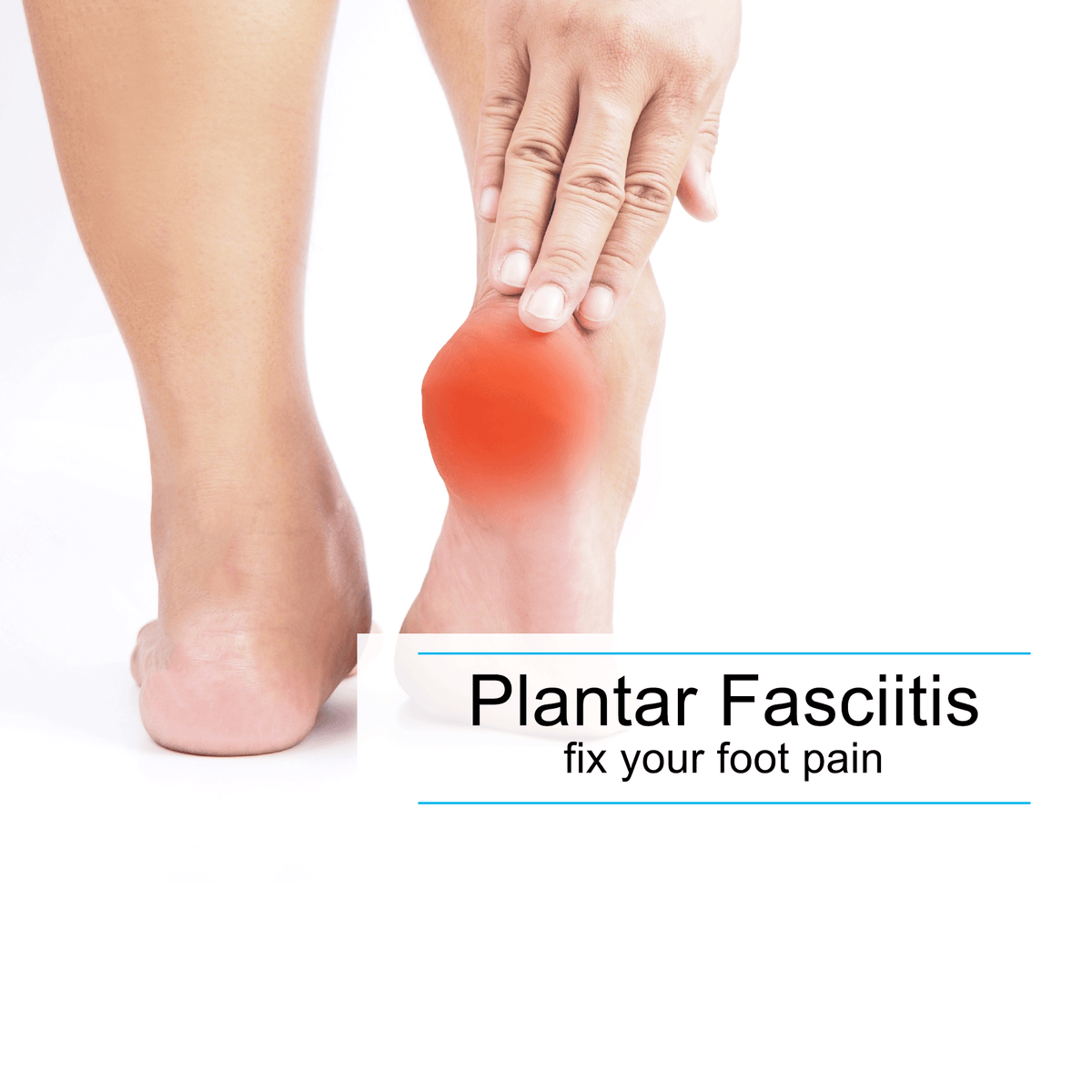
Plantar Fasciitis: Causes, Symptoms, and Solutions
|
|
Time to read min
|
|
Time to read min
If you've been diagnosed with plantar fasciitis, you're not alone. This common foot condition affects 1 in 10 individuals during their lifetime. But what exactly is plantar fasciitis, and why has it become so prevalent? In this comprehensive guide, we'll delve into the anatomy of the foot, the causes and symptoms of plantar fasciitis, and effective solutions for managing this painful condition.
Before diving into the intricacies of plantar fasciitis, it's essential to understand the anatomy of the foot. The plantar fascia, a long, thin ligament located beneath the skin on the bottom of the foot, plays a crucial role in supporting the arch and absorbing shock during walking. When this fibrous band of tissue becomes inflamed due to repetitive tension and strain, plantar fasciitis can occur, leading to debilitating heel pain, especially in the morning.
While there's no definitive formula for predicting who will develop plantar fasciitis, certain factors contribute to its onset. Repetitive stress and strain on the weight-bearing tissue at the bottom of the feet play a significant role in the development of this condition. Factors such as excess body weight, flat feet, overextended arches, and uneven weight distribution during weight-bearing activities can exacerbate strain on the plantar fascia, leading to inflammation and pain.
Posture plays a crucial role in the development and management of plantar fasciitis. Misaligned joints and uneven distribution of body weight can place undue stress on the plantar fascia, exacerbating symptoms and hindering recovery. Addressing postural imbalances through targeted exercises and maintaining proper body alignment is essential for promoting optimal foot health and reducing the risk of recurrence.
Fortunately, there are effective solutions for managing plantar fasciitis and alleviating symptoms. Posture therapy addresses the underlying causes of plantar fasciitis and promote healing. By incorporating posture into your daily routine and adopting a proactive mindset, you can transform pain into progress and regain control of your foot health.
Plantar fasciitis is a common foot condition that can cause significant pain and discomfort if left untreated. By understanding its causes, symptoms, and solutions, individuals can take proactive steps toward managing their condition and promoting long-term foot health. Whether through targeted exercises, lifestyle modifications, or professional intervention, relief is within reach for those affected by plantar fasciitis. So, take charge of your foot health, embrace solutions for relief, and embark on the journey to recovery with confidence and determination.
